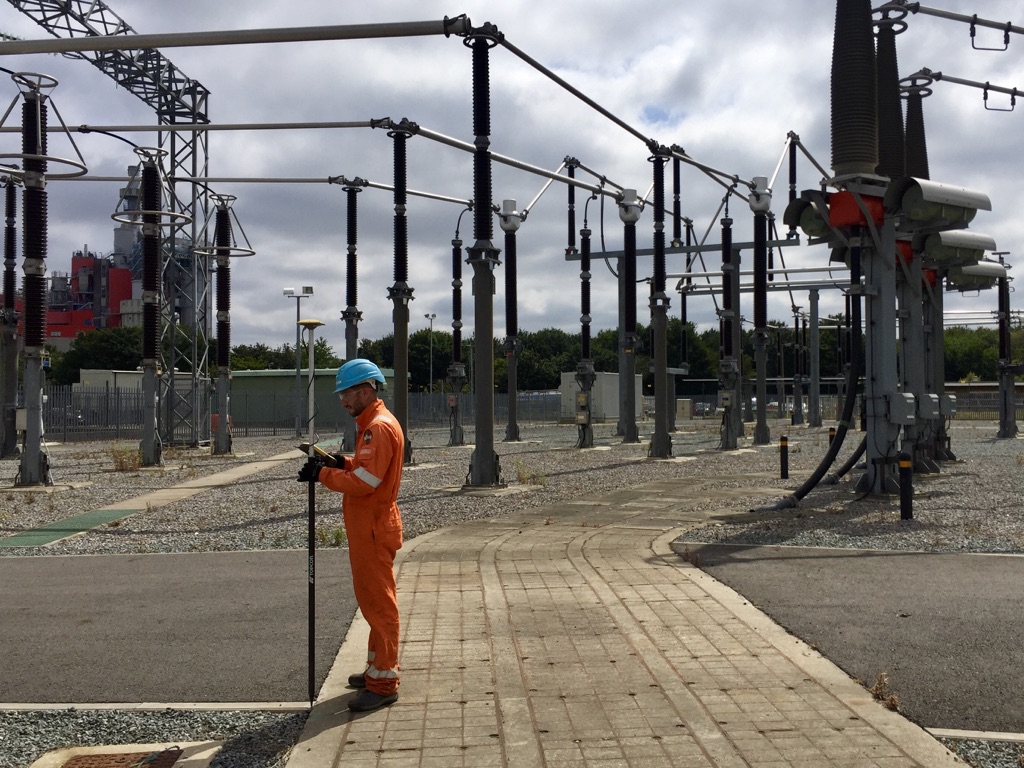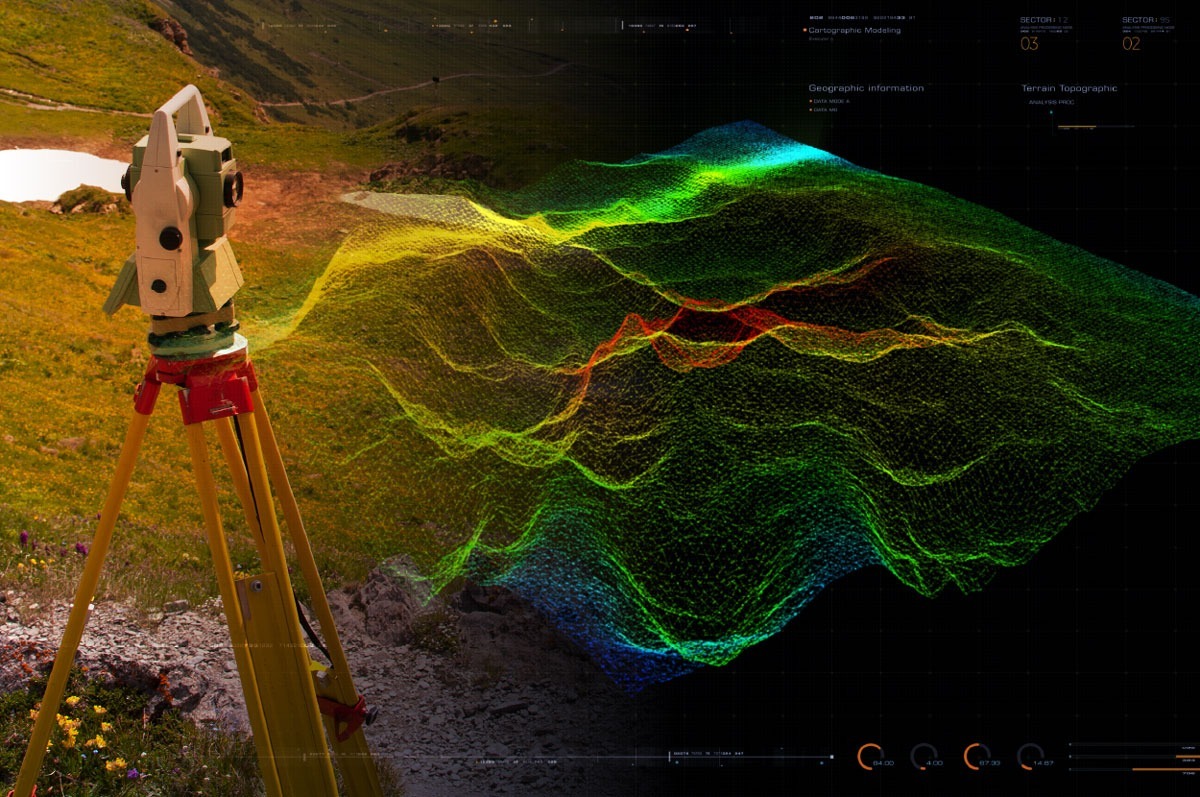Measured Building Surveying for Real Estate and Architectural Projects
Measured Building Surveying for Real Estate and Architectural Projects
Blog Article
Necessary Devices and Strategies in Laying Out Design
The technique of laying out engineering depends heavily on a collection of vital tools and methods that underpin the accuracy and performance of job execution. Instruments such as property surveyor's levels, total stations, and advanced GPS innovation are indispensable for developing exact recommendation factors. Furthermore, the integration of typical approaches with contemporary techniques, consisting of geospatial evaluation and 3D modeling, uses significant advantages in picturing site conditions. Recognizing exactly how these components engage is crucial for minimizing mistakes and enhancing project end results, yet the nuances of their application frequently remain forgotten. What implications does this hold for future engineering methods?
The Significance of Accurate Dimensions

The value of exact dimensions expands past mere compliance; they are integral to the general performance of engineering procedures. Mistakes can lead to material waste, task delays, and enhanced labor expenses, eventually affecting the project's lower line. Accurate dimensions enhance the quality of the last item, making certain that it carries out as planned and meets the expectations of stakeholders.
Moreover, the importance of accurate dimensions is noticeable in various engineering self-controls, consisting of civil, mechanical, and electrical design. Each field requires an one-of-a-kind approach to measurement, yet the underlying requirement for precision stays constant. As jobs end up being significantly complex, the reliance on exact measurements will just escalate, emphasizing the demand for consistent developments in measurement strategies and innovations. Thus, fostering a culture that prioritizes precision is necessary for the future of engineering.
Important Tools for Laying Out
Laying out, an important phase in the engineering and building and construction process, relies heavily on specific tools that guarantee precise place and positioning of frameworks. Amongst these tools, the property surveyor's degree stands out, giving exact horizontal measurements essential for developing referral factors. This instrument makes it possible for designers to figure out altitude modifications and keep uniformity across the project website.
The total station is one more crucial tool, integrating digital range measurement with angular dimension capacities. This modern technology boosts effectiveness and accuracy in catching spatial information, enabling for effective site format and planning.
Additionally, the use of determining tapes and noting devices, such as chalk lines or stakes, is essential for momentarily marking boundaries and crucial points on the website. These standard devices, though simple, are crucial for making sure clear interaction among the construction team concerning job specs.
Last but not least, GPS modern technology has gotten traction in setting out procedures, offering real-time positioning information and dramatically improving accuracy over conventional techniques. Jointly, these crucial devices form the foundation of efficient laying out techniques, inevitably adding to the effective implementation of design and building projects.
Advanced Checking Strategies
Advanced evaluating strategies play a crucial function in improving the precision and efficiency of design projects. These methods incorporate a series of methodologies that offer accurate information for style and construction. Conventional methods, such as progressing and triangulation, have actually progressed into a lot more sophisticated techniques, consisting of Overall Station studies and Global Navigating Satellite Systems (GNSS)
Total Station tools integrate digital theodolites with distance dimension abilities, allowing surveyors to collect precise area data with terrific speed. This technology significantly reduces mistakes connected with hands-on measurements and supplies real-time information handling. GNSS uses unequaled precision for large why not check here projects by making use of satellite signals to identify precise positioning, which is important for lining up frameworks and making certain compliance with style requirements.
Along with these devices, advanced methods also include geospatial analysis and 3D modeling. These techniques make it possible for engineers to envision terrain and website problems more properly, promoting better decision-making during the planning stage. By utilizing these advanced evaluating techniques, design tasks can get redirected here achieve greater accuracy in format, lower rework, and ultimately enhance total task success.
Digital Innovation in Design
The integration of electronic innovation has actually transformed engineering practices, enhancing both efficiency and accuracy across different disciplines. Tools such as Structure Info Modeling (BIM) help with the visualization and monitoring of intricate jobs, allowing engineers to collaborate perfectly and make informed decisions. This innovation allows the creation of detailed 3D designs, which can be analyzed for architectural honesty and performance prior to building and construction starts.

The application of artificial knowledge and maker understanding in design processes additionally boosts predictive maintenance and optimization of resources. In general, electronic modern technology is reshaping the engineering landscape, driving advancement, and ensuring that tasks are completed check over here with greater efficiency and reduced danger.
Best Practices for Application
When carrying out digital innovation in engineering, it is crucial to develop a strategic method that aligns with project objectives and business capabilities. An extensive evaluation of existing operations and innovation infrastructure is necessary to determine voids and chances for improvement. Engaging stakeholders early while doing so promotes partnership and makes sure that the innovation fulfills individual requirements.

Project supervisors need to take on an iterative execution method, permitting for changes based upon real-time responses and efficiency assessments. This agile method not only reduces dangers but additionally advertises constant enhancement by incorporating lessons discovered.
Verdict
In verdict, the assimilation of important tools and advanced methods in laying out design is essential for guaranteeing accuracy in dimensions and successful project implementation. Employing instruments such as land surveyor's levels, overall terminals, and GPS innovation, together with modern evaluating techniques, boosts precision and decreases the likelihood of mistakes. Adopting finest techniques in implementation better maximizes these procedures, ultimately cultivating enhanced task outcomes in the design and building and construction markets.
The technique of setting out design relies greatly on a suite of important devices and techniques that underpin the precision and effectiveness of job implementation.Moreover, the importance of accurate dimensions is apparent in different design techniques, including civil, mechanical, and electric engineering. By utilizing these innovative evaluating techniques, engineering projects can achieve greater accuracy in design, reduce rework, and eventually enhance total task success.
Generally, digital innovation is reshaping the engineering landscape, driving technology, and ensuring that projects are completed with greater effectiveness and minimized threat (setting out engineering).In conclusion, the integration of essential devices and advanced methods in establishing out engineering is essential for guaranteeing precision in dimensions and effective job implementation
Report this page